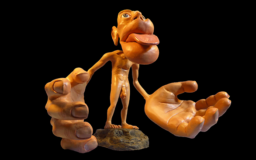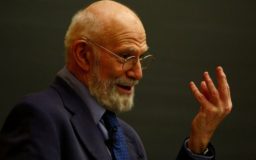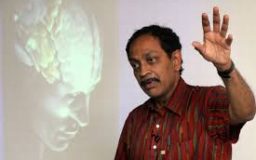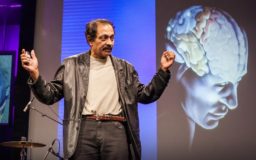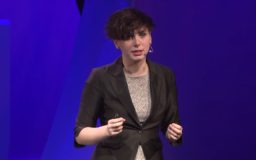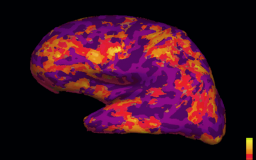Neuroscience
-
Homunculus
In Light Sonata, Baxter uses this little guy to help Charlie understand Rupert’s madness in playing the piano. Why are this little guy's hands and face so huge? And what’s he doing in our brains? Read how he led to one of the great discoveries in neuroscience.
-
Hallucination or Imagination?
In Light Sonata, Rupert hallucinates, yet his hallucinations are intricately bound to his piano playing. See what world-famous Oliver Sacks has to say.
-
Mirror Neurons & the Birth of Civilization
Mirror Neurons have been hailed as "the neurons that built civilization." As neurons of empathy, they feature in Light Sonata as a partial explanation for why musical performances exist.
-
Phantom Limbs & Synesthesia
In Light Sonata, Baxter uses new understandings from neuroscience to help Charlie rethink Rupert's extraordinary madness. Watch how they are helping real patients.
-
A human the size of Barbie?
In Light Sonata, Rupert feels so small he sees Lili as a giant. A delusion? Or body illusion? Could a sane mind possibly feel as small as Barbie? See this real experiment to find out.
-
Out-of-Body Experiences
In Light Sonata, Rupert, among his other outrageous sensations, floats over the piano. What in his brain would account for such a sensation? Some kind of insanity? Or something else? Listen to what hard neuroscience has to say.
-
High-Functioning Schizophrenics
In Light Sonata, whether and how to treat schizophrenia comes up. Listen to what a real-life, high-functioning schizophrenic has to say.
-
Vision in the Brain
Throughout Light Sonata, we dip into a surreal world of extraordinary visions. But as the story unfolds, we begin to wonder about how surreal even normal vision is. Watch what real neuroscience says about it.

